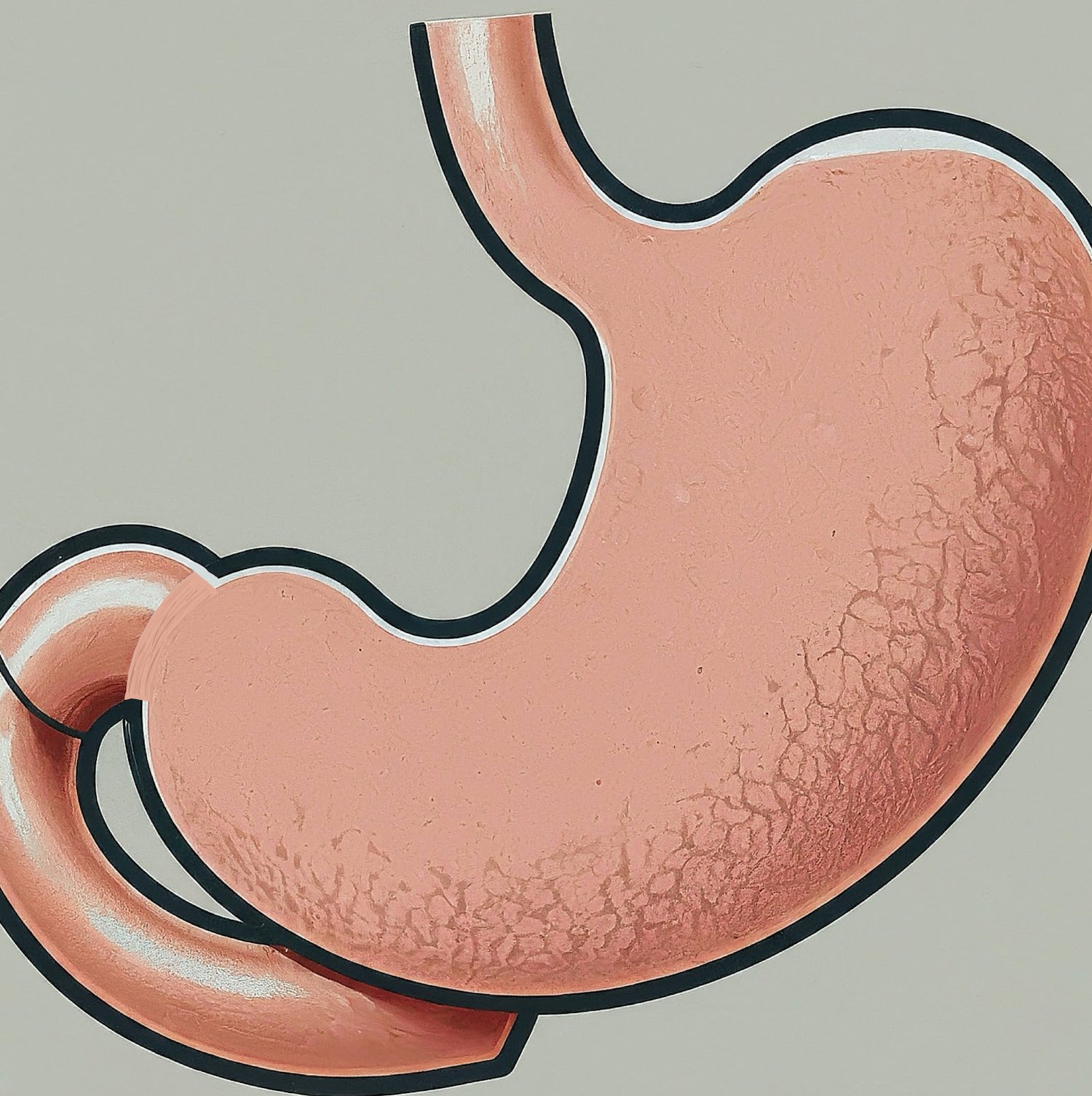Zollinger-Ellison syndrome (ZES) is a disease consisting of a clinical triad of gastric acid hypersecretion, severe PUD, and gastrin-producing neuroendocrine tumors (NETs; gastrinomas). It derives its name from the the American surgeons, Robert Zollinger and Edwin Ellison, who first described it in 1955.
Etiology
- Gastrinoma
- Islet cell tumor
- Functional neuroendocrine tumor
- Multiple endocrine neoplasia (MEN) type 1
History
- Abdominal pain (most common)
- Peptic ulcer disease
- GERD
- Diarrhea
- ± Weight loss
- ± Steatorrhea
- ± Esophagitis
Labs
- Elevated fasting gastrin levels (> 200 pg/mL)
- Secretin-stimulated gastrin level
- Generally not required to establish diagnosis because fasting gastrin levels are high
- Most sensitive diagnostic test
- +: increase in serum gastrin level > 200 pg/mL above basal levels
Imaging
- Endoscopy
- Findings: prominent rugal folds
Treatment
- High-dose PPI
- Localization and staging of the tumor
- Triple-phase abdominal CT
- Abdominal MRI
- If initial imaging is undiagnosed, localization can sometime be achieved using somatostatin receptor scintigraphy or endoscopic US (EUS)
- If all above options to not localize tumor, surgical exploration can be considered
- Localized gastrinoma → tumor resected with at least 10 LNs
Relevant Information
- Most ZES gastrinomas are located in the duodenum or pancreas within the “gastrinoma triangle” → cystic-common bile duct junction, pancreas body-neck junction, junction between second and third portions of the duodenum
Complications
- Bleeding
- Perforation
Differential Diagnoses
- Vagotomy
- Peptic ulcer disease secondary to H. pylori infection or NSAID use
- Gastric outlet obstruction
- Renal insufficiency
- Short bowel syndrome
- Autoimmune gastritis
